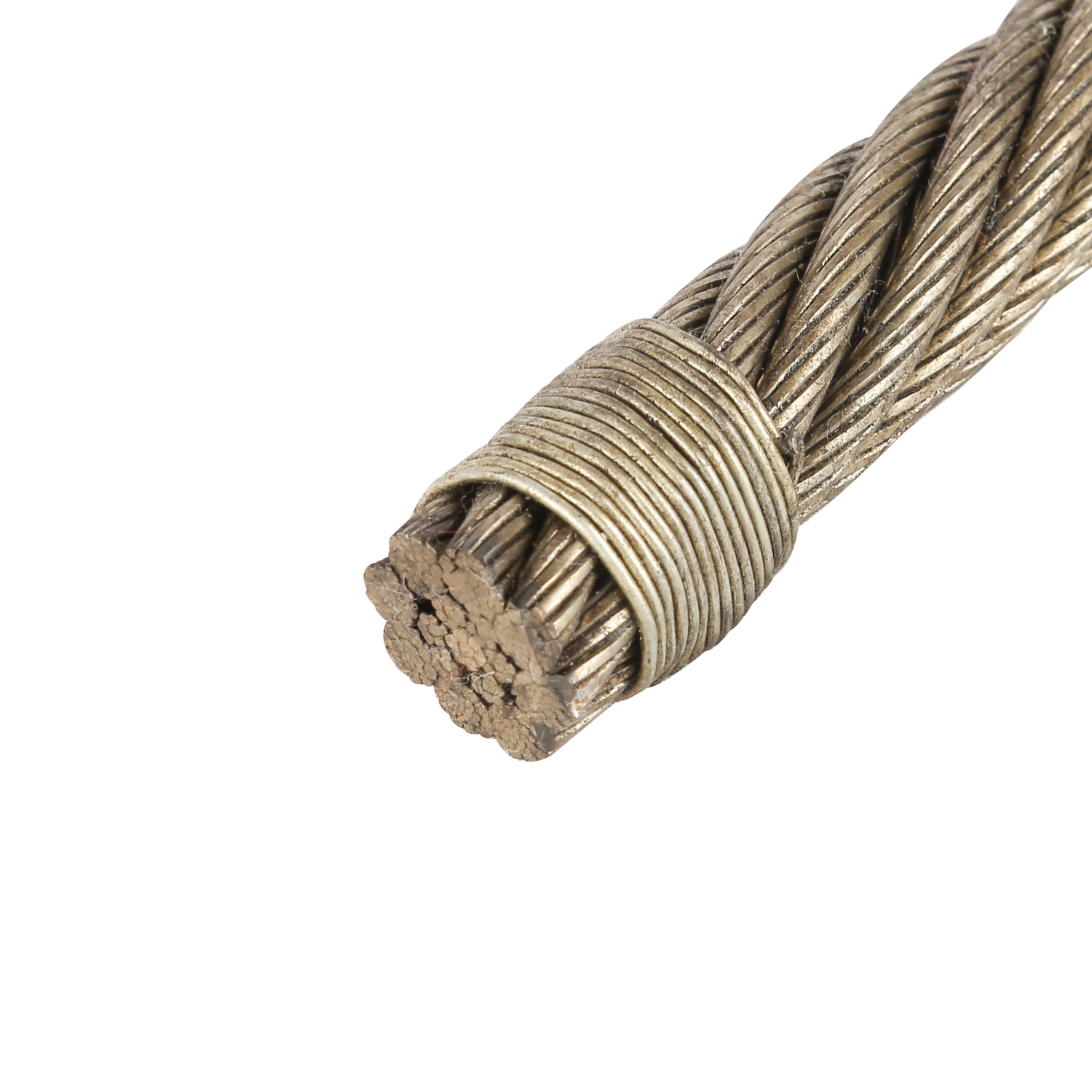Table of Contents
Best Practices for Drilling Tempered Steel
Drilling tempered steel can be a challenging task due to its hardness and toughness. However, with the right tools and techniques, it is possible to drill through tempered steel effectively. In this article, we will discuss some best practices for drilling tempered steel to help you achieve the desired results.
One of the most important factors to consider when drilling tempered steel is the type of drill bit to use. It is essential to use a high-speed steel (HSS) drill bit or a cobalt drill bit, as these are specifically designed to withstand the hardness of tempered steel. These Drill Bits are more durable and can maintain their sharpness for longer periods, making them ideal for drilling through tough materials like tempered steel.
Before you start drilling, it is crucial to mark the spot where you want to drill with a center punch. This will help guide the drill bit and prevent it from slipping off the surface of the steel. Additionally, using a lubricant such as cutting oil or a lubricating spray can help reduce friction and heat buildup during the drilling process, which can prolong the life of your drill bit and improve drilling efficiency.
When drilling tempered steel, it is important to use the correct drilling speed and pressure. It is recommended to start drilling at a low speed and gradually increase the speed as needed. Applying too much pressure can cause the drill bit to overheat and wear out quickly, so it is essential to let the drill bit do the work and avoid forcing it through the steel.
Another important consideration when drilling tempered steel is the use of proper Safety equipment. It is crucial to wear safety goggles to protect your eyes from flying metal chips and debris. Additionally, wearing gloves can help protect your hands from sharp edges and heat generated during the drilling process.
As you begin drilling, it is important to maintain a steady hand and keep the drill bit perpendicular to the surface of the steel. This will help ensure that the hole is drilled straight and clean. It is also recommended to periodically stop drilling and clear away any metal chips that may accumulate in the hole to prevent them from interfering with the drilling process.

If you encounter any resistance while drilling, it is important to stop immediately and check the drill bit for damage or wear. Continuing to drill with a dull or damaged drill bit can result in poor drilling performance and can even damage the tempered steel. In such cases, it is best to replace the drill bit with a new one to ensure smooth and efficient drilling.
In conclusion, drilling tempered steel requires the right tools, techniques, and safety precautions to achieve the desired results. By using high-speed steel or cobalt drill bits, marking the drilling spot with a center punch, using lubricants, maintaining the correct drilling speed and pressure, and wearing proper safety equipment, you can successfully drill through tempered steel with ease. Remember to take your time, be patient, and follow these best practices to ensure a clean and precise drilling process.
Tips for Choosing the Right Drill Bits for Tempered Steel
Tempered steel is a tough and durable material that is commonly used in a variety of applications, from construction to manufacturing. Drilling through tempered steel can be a challenging task, as the hardness of the material can quickly dull standard drill bits. However, with the right tools and techniques, drilling through tempered steel can be done efficiently and effectively.
When it comes to drilling through tempered steel, choosing the right drill bits is crucial. Standard drill bits are not designed to handle the hardness of tempered steel and will quickly become dull or even break when used on this material. To effectively drill through tempered steel, it is important to use high-speed steel (HSS) drill bits or cobalt drill bits. These types of drill bits are specifically designed to handle the hardness of tempered steel and will provide clean and precise holes.
In addition to choosing the right drill bits, it is also important to use the correct drilling technique when working with tempered steel. One of the most important things to remember when drilling through tempered steel is to use a slow and steady drilling speed. High-speed drilling can cause the drill bits to overheat and become dull quickly. By using a slow and steady drilling speed, you can ensure that the drill bits stay sharp and provide clean and precise holes.
Another important factor to consider when drilling through tempered steel is the use of Cutting Fluid. Cutting fluid helps to lubricate the drill bits and reduce friction, which can help to prolong the life of the drill bits and provide cleaner holes. When drilling through tempered steel, it is important to use cutting fluid generously and to apply it regularly throughout the drilling process.
When drilling through tempered steel, it is also important to use the correct drilling technique. It is recommended to start with a small pilot hole before drilling the final hole size. This will help to guide the drill bits and prevent them from wandering off course. Additionally, it is important to use a firm and steady pressure when drilling through tempered steel. Applying too much pressure can cause the drill bits to become dull quickly, while applying too little pressure can result in a slow and inefficient drilling process.
In conclusion, drilling through tempered steel can be a challenging task, but with the right tools and techniques, it can be done efficiently and effectively. By choosing the right drill bits, using the correct drilling technique, and applying cutting fluid generously, you can ensure that your drilling process goes smoothly and that you achieve clean and precise holes in tempered steel. Remember to take your time, use the correct tools, and follow the proper techniques to ensure success when drilling through tempered steel.

